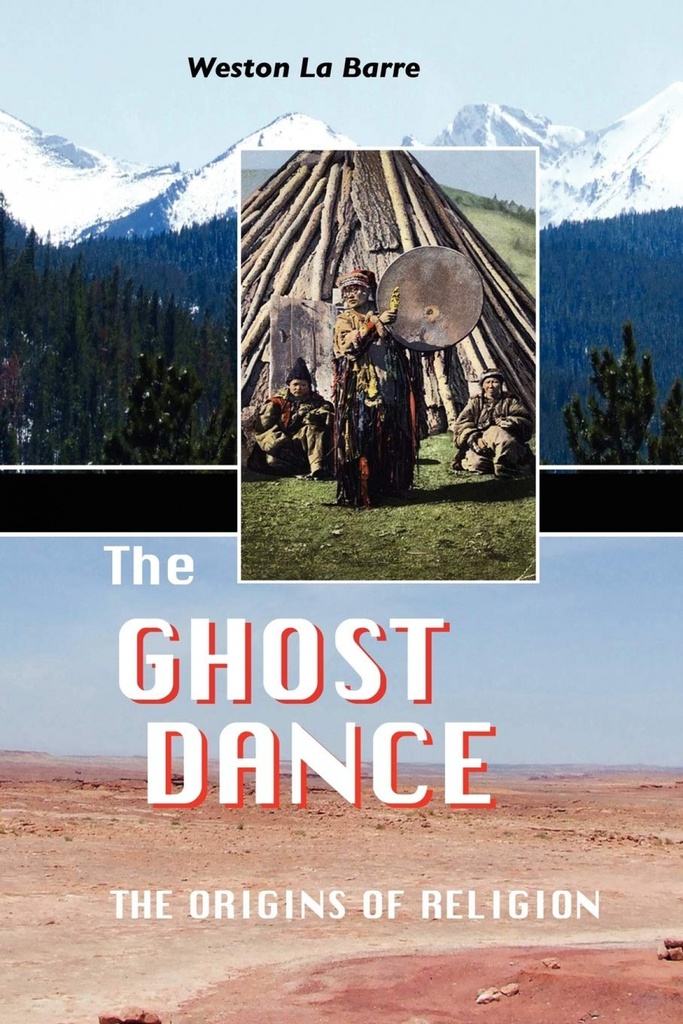THE GHOST DANCE The Ghost Dance: The Origins of Religion by Weston La Barre (1915-1996) is a classic search for the origins of religion, employing psychology and anthropology to explain elements of Greek, Egyptian, Jewish, Christian, shamanic and Native American religion. The Ghost Dance offers a fascinating exploration of the history and origins of religious belief from earliest times to the present day. The Ghost Dance takes its place beside other great studies of religion, such as those by Sigmund Freud, Geza Roheim or Mircea Eliade. WESTON LA BARRE Weston La Barre is best known for his work in anthropology and ethnography, in which he drew on the theories of psychoanalysis and psychiatry. Born in Uniontown, PA, La Barre studied at Princeton and Yale, and later taught at Rutgers, Wisconsin and Duke universities. La Barre conducted field work across North and South America, and later through India, China, Africa and Europe. He studied the Plains Indians and their peyote cult with Richard Evans Schultes (which resulted in the 1938 book The Peyote Cult). La Barre´s masterwork is The Ghost Dance: The Origin of Religion (1970), which draws together his explorations of shamanism, world religion, Native American culture, altered states of consciousness and the use of drugs in belief systems. His other books include The Human Animal (1954), They Shall Take Up Serpents (1962), Culture In Context (1990), and Muelos (1985). BOOKS BY WESTON LA BARRE The Peyote Cult ??? The Aymara Indians of the Lake Titicaca Plateau ??? The Human Animal ??? Materia Medica of the Aymara ??? They Shall Take up Serpents: Psychology of the Southern Snakehandling Cult ??? Shadow of Childhood: Neoteny and the Biology of Religion ??? The Ghost Dance: The Origins of Religion ??? Culture in Context, Selected Writings of Weston La Barre ??? Muelos: A Stone Age Superstition About Sexuality

